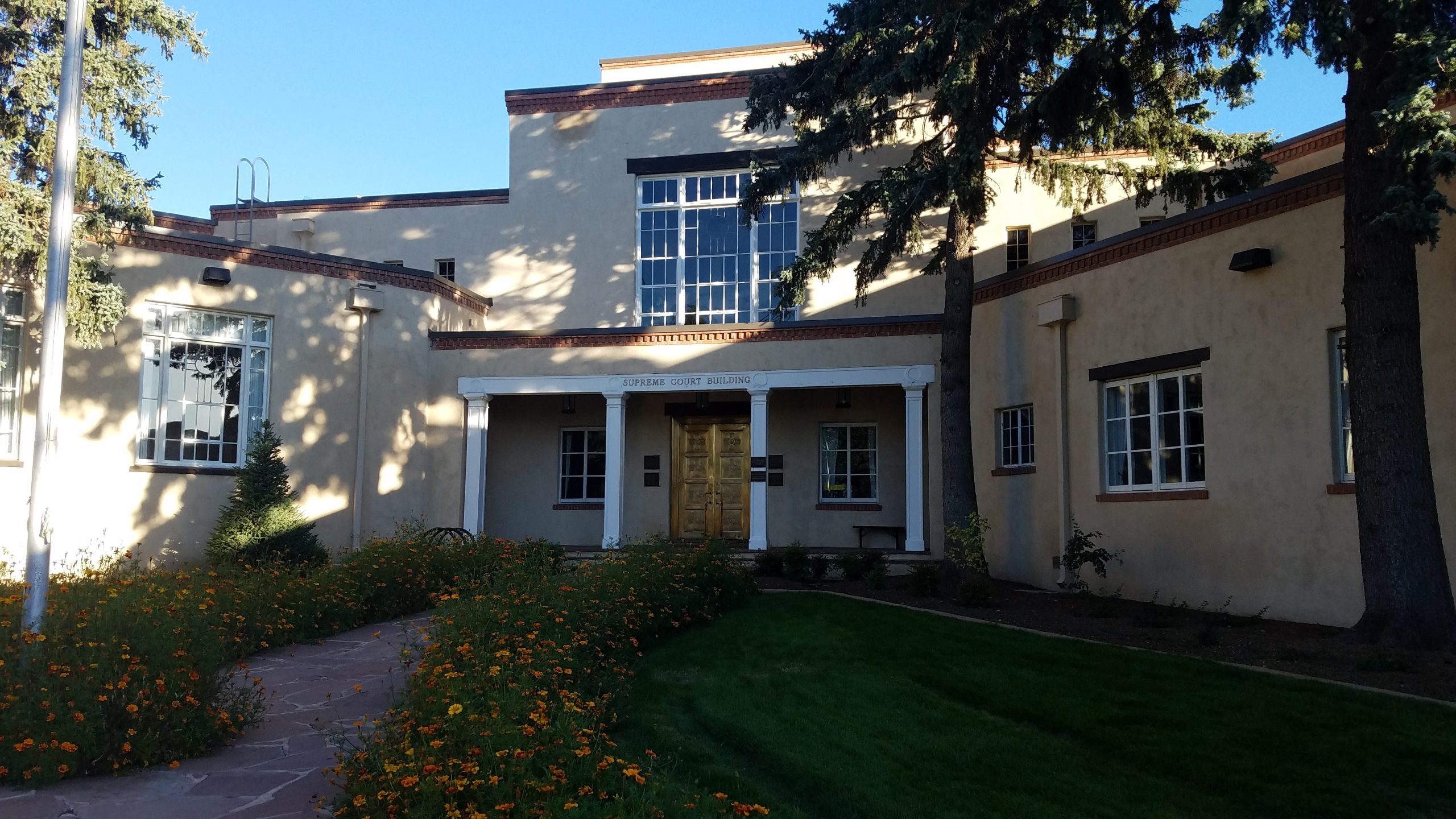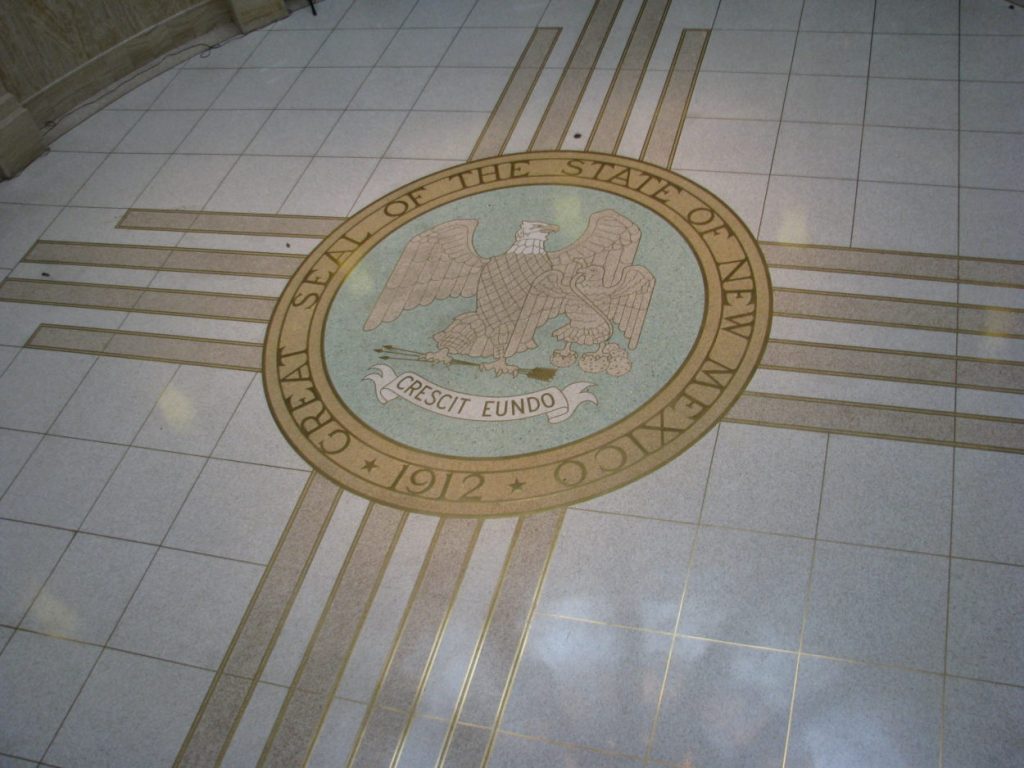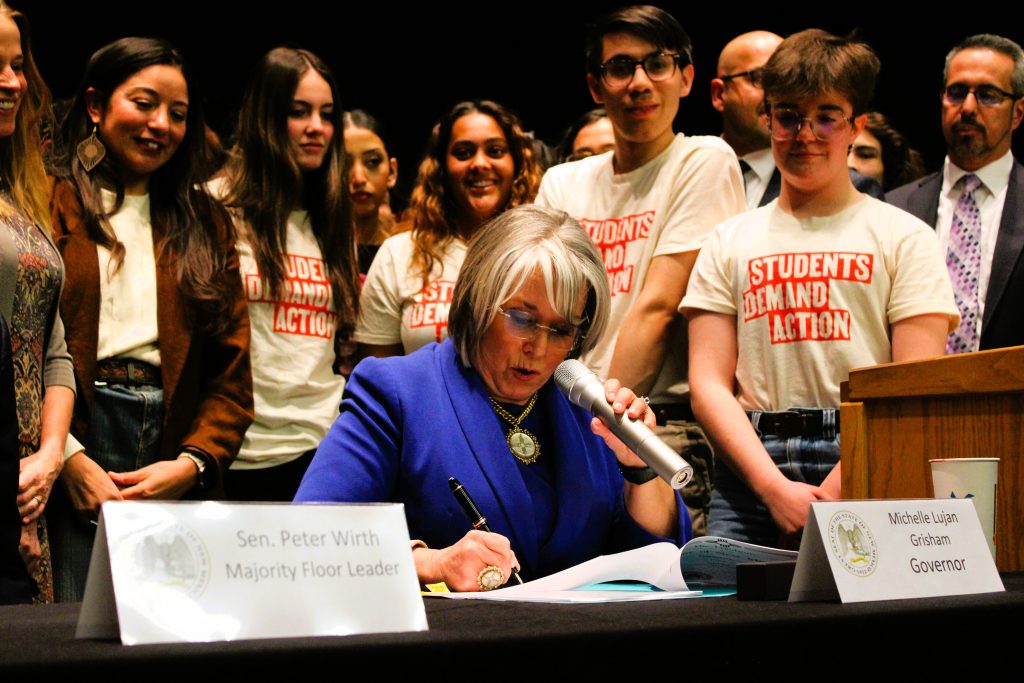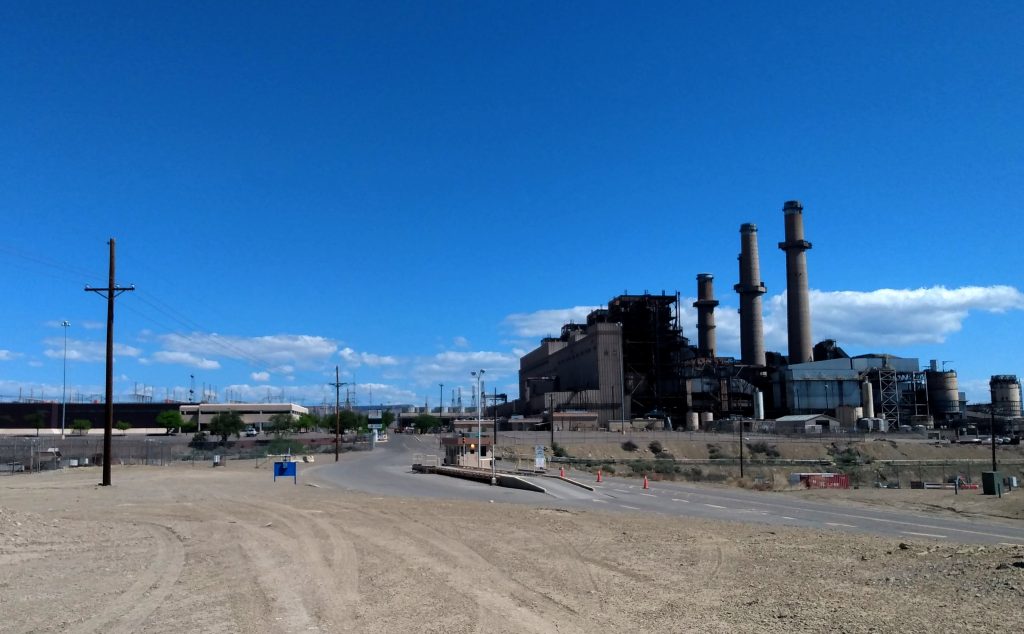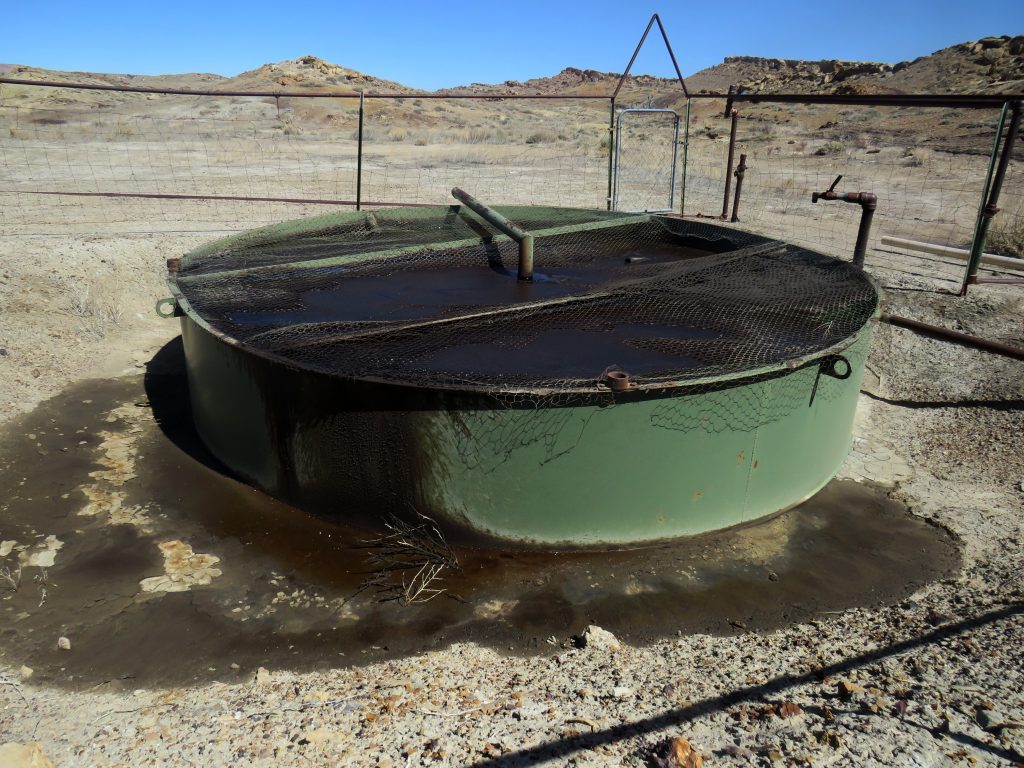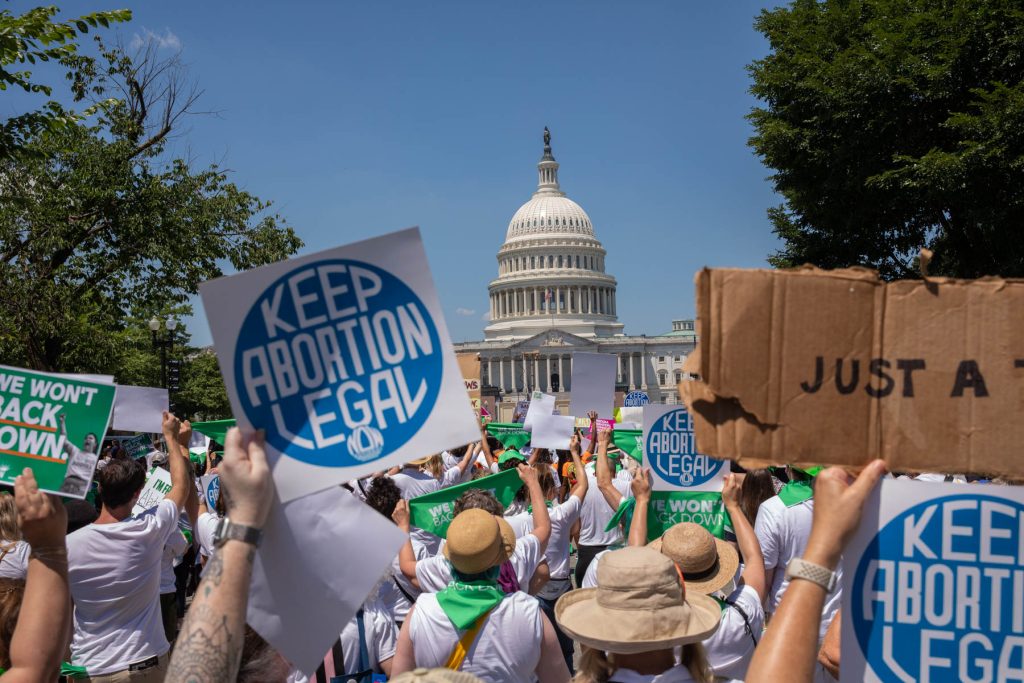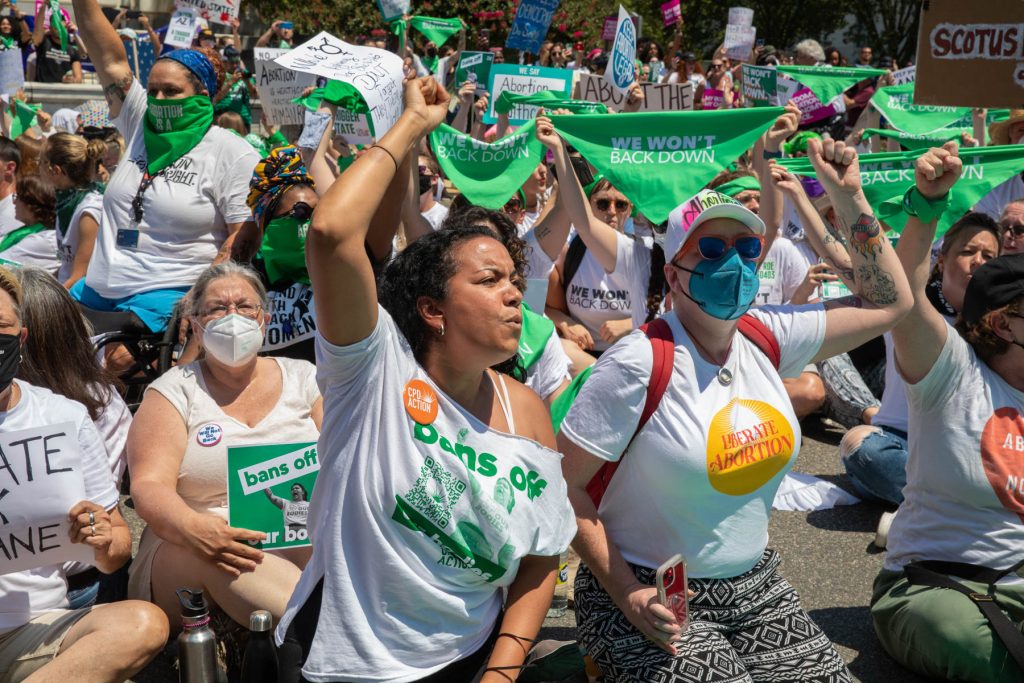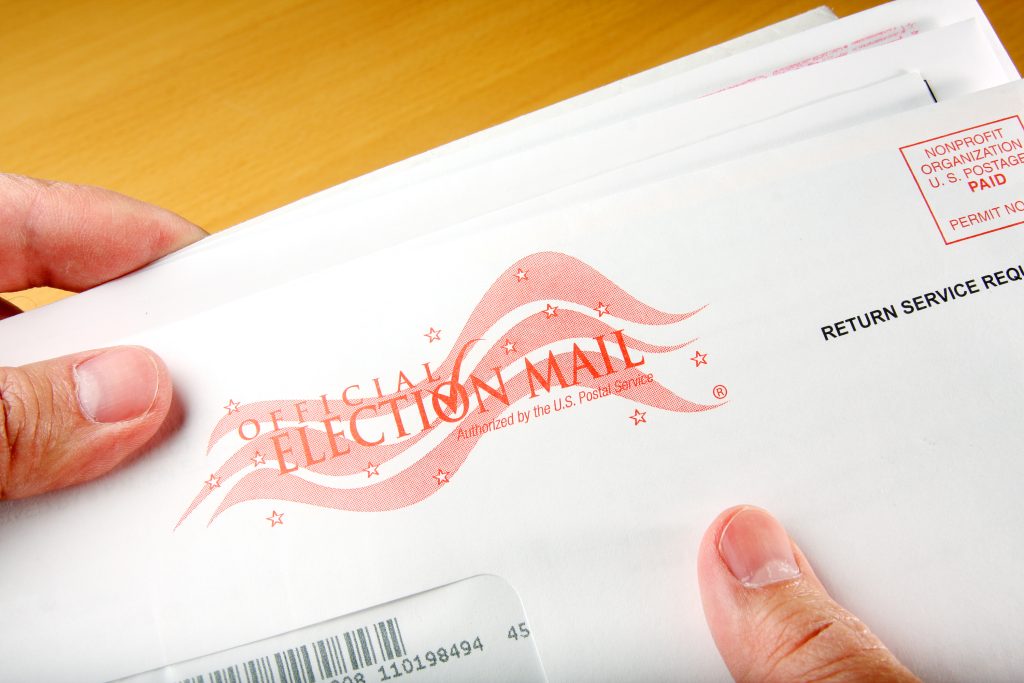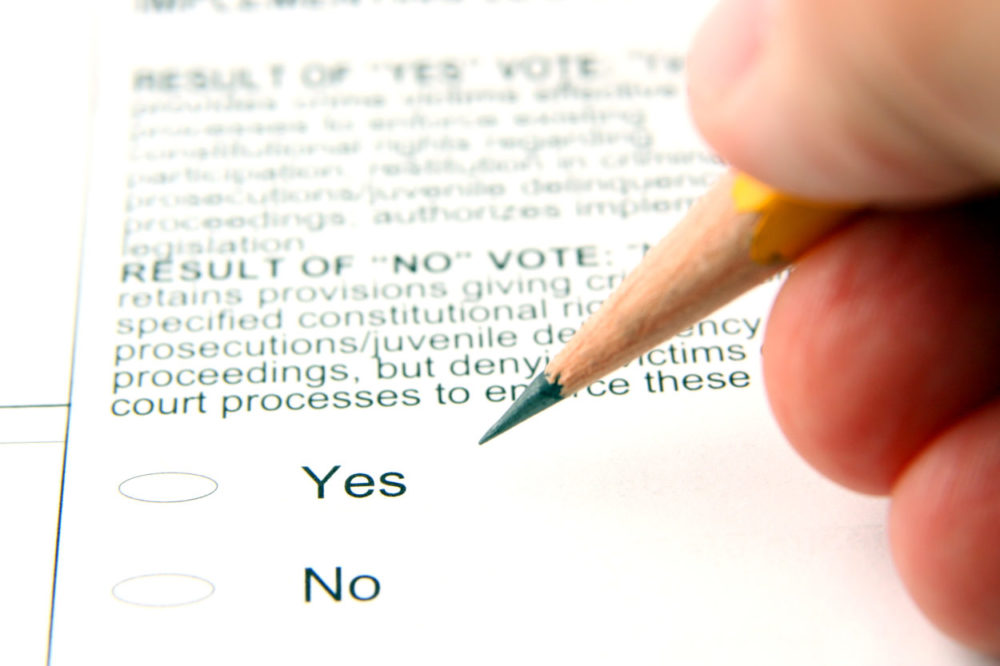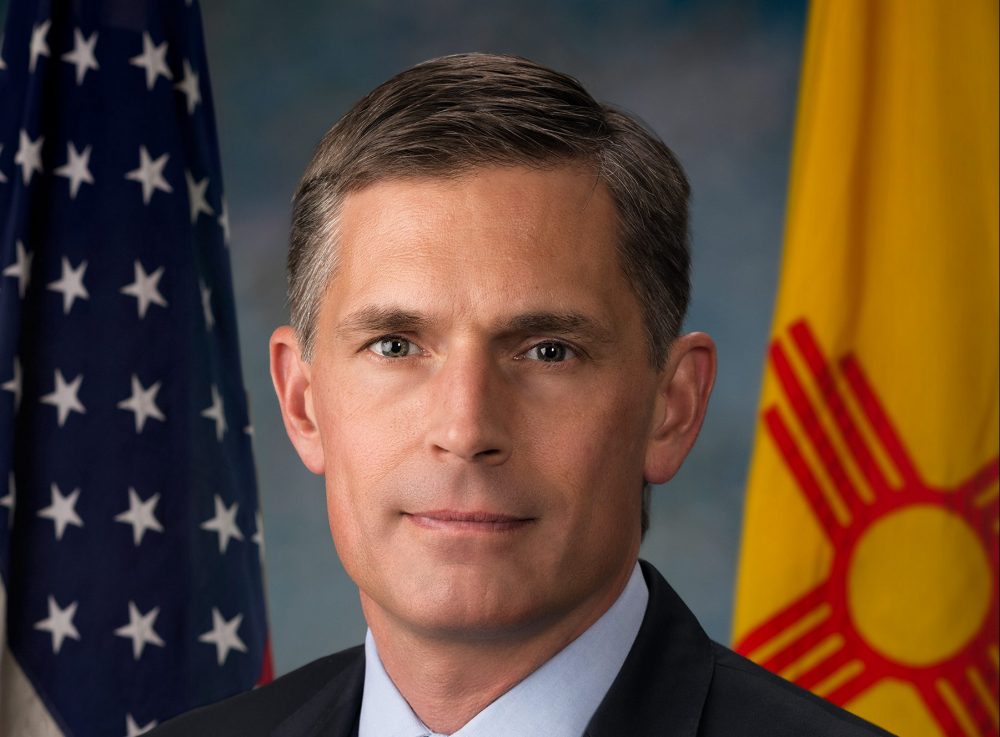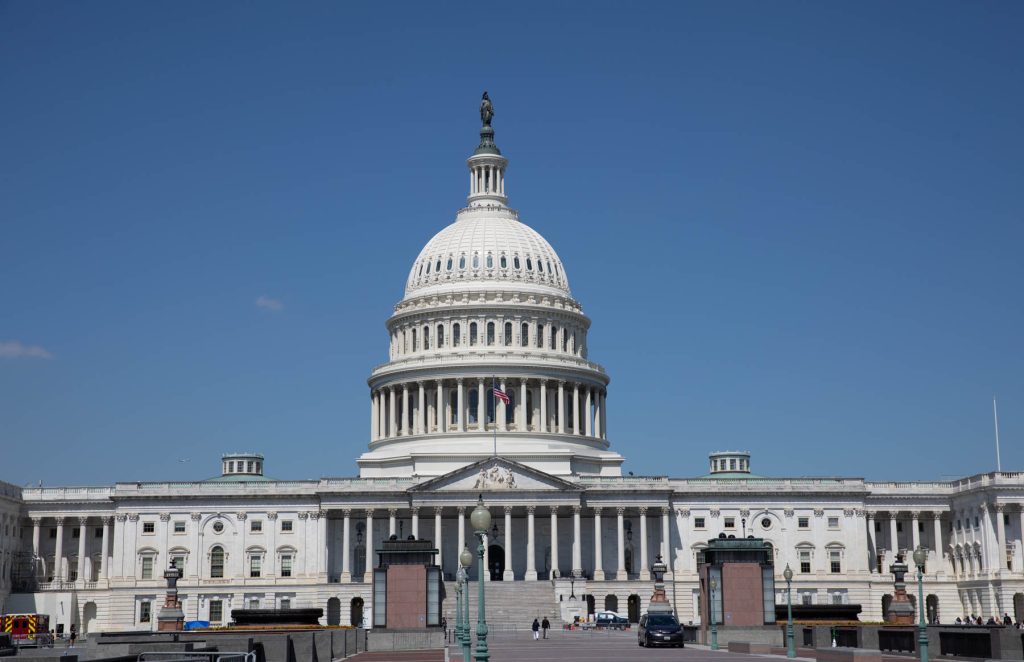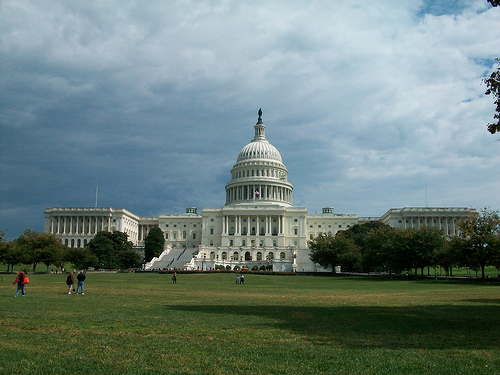The New Mexico Supreme Court ruled Monday that Gov. Michelle Lujan Grisham’s office did not willfully ignore the health and safety of state prison populations by releasing inmates in a limited manner during the COVID-19 pandemic.
The high court’s decision was in response to a petition filed by the American Civil Liberties Union of New Mexico and the state’s Law Offices of the Public Defender, alleging that Lujan Grisham’s office subjected inmates in state-run detention centers to cruel and unusual punishment by not broadening the scope of who is released.
Chief Justice Judith Nakamura, ruling from the bench, said since the court did not find that Lujan Grisham’s office was “deliberately indifferent” to a possible COVID-19 outbreak in state detention centers there was no need to consider whether inmates’ rights were violated.
“It’s a two prong analysis,” Nakamura said. “The court is not addressing prong one. We’re basing our decision on prong two. And that’s the prong which specifically focuses on whether or not [Lujan Grisham’s office] are deliberately indifferent to the health and safety of inmates. On this record the court unanimously finds that the answer is ‘no.’
Chief Public Defender Bennet Baur told NM Political Report that regardless of the court’s decision, his office will keep pushing for more releases.
“The governor’s office and the Department of Corrections have taken steps, we just don’t believe that with the emergency situation that it’s enough at this point,” Baur said. “This filing asks for collaboration. The ask was to set up a process, it wasn’t to swing wide the prison doors, it was to set up a process where there are certain presumptions, but that public safety was very much a consideration.”
Kim Chavez Cook, who argued for the LOPD and the ACLU, told justices that the petitioners had tried to facilitate a collaborative effort with the governor’s office but did not receive a substantive response. Baur said his office will continue to keep the door open for collaboration.
“The basis of that has to be more widespread testing,” Baur said.
COVID-19 testing was one of the first things the justices asked Chavez Cook about during her opening argument. Justice Shannon Bacon asked Chavez Cook if aggressive testing in state-run detention centers would “undercut” her argument.
Chavez Cook said that while increased testing is a start, it “wouldn’t be enough.”
So far there has been very little testing of both inmates and corrections staff. Towards the beginning of the proceeding, a lawyer for the Department of Corrections said there was only one contract worker who tested positive for the disease. But by the end of the hearing, the lawyer announced three additional employees had tested positive for COVID-19.
Chavez told the justices that roughly one-third of current detainees are in jail for technical parole or probation violations, which are generally considered to be not showing up for a scheduled appointment or testing positive for drugs or alcohol. Although Chavez Cook added that not all of those would necessarily be released.
The governor’s lawyer, Matthew Garcia, echoed a point he made in his written argument last month, arguing that the petitioners are just unhappy with Lujan Grisham’s approach to lessening detention center populations amid a pandemic.
“What we have here is a fundamental dispute about policy,” Garcia said.
His take was that the ACLU and the LOPD were “unsatisfied” with the approach the governor took, which was to release qualified inmates who have a month left of their sentence. So far, the governor has approved the release of 33 inmates since the emergence of COVID-19 in New Mexico. That, Garcia argued, shows that the governor is concerned with the health and safety of inmates.
Much of the discussion and questions from justices centered on both the safety of inmates and the general public.
Bacon, for example, asked what happens to inmates once they get out. Justice Michael Vigil asked how and if the state would vet the home of an inmate who was released on house arrest.
Chavez Cook pointed to the written arguments which argued the need of a special master who could help decipher who could be released without putting local communities in danger.
“We’re not actually talking about shortening sentences,” Chavez Cook said.
The governor’s executive order for ongoing inmate releases is still in place, but 33 releases since April 6 break down to about one inmate a day. Lujan Grisham’s narrow release order does not apply to those incarcerated for enhanced gun violations, drinking and driving, or domestic abuse.

